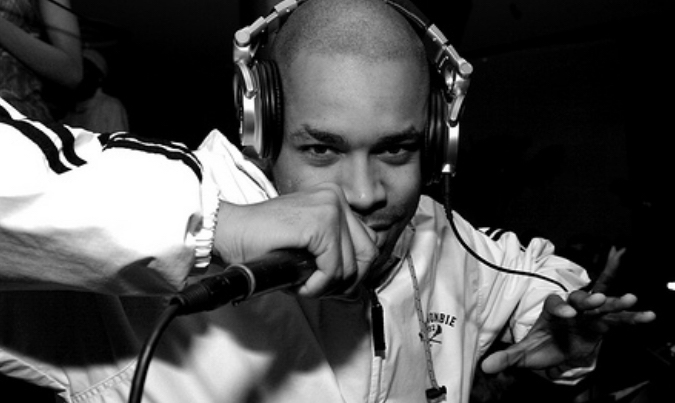In early March, at the very start of quarantine, D-Nice reminded us all of the power of music. What originally began as a way to connect with his friends (first Bun-B and Black Thought) and listen to music over Instagram live, grew into a series of historic, hours-long DJ sets for a crowd that has included Jamie Foxx, Timbaland, Rihanna, and Michelle Obama. Club Quarantine has become a much-needed escape from what’s going on around us; they are pure nostalgia, fun, and authenticity. It wasn’t long until D-Nice was approached by record companies and fast food chains to partner up with Club Quarantine, but he rejected their offers in hopes of building something bigger and new with Club Quarantine. And so he took the step of filing for a trademark for “Club Quarantine” and “Homeschool” in hopes of using the brand even after Coronavirus passes.
It was a smart move. Filing for a trademark is a key tool for artists and creators, but what exactly are trademarks?
A trademark provides intellectual property protection for any word or phrase, symbol, design, even colors and sounds. We all know famous trademarks, like the Nike Swoosh and Coca-Cola, but even if your creation isn’t known across the globe (yet), you should know how and when to file for a trademark. In short, a trademark is how you distinguish yourself to the world. It lets consumers know who you are and protects you from anyone who might attempt to infringe on your brand. When you see the Swoosh on a pair of shoes, you know who made them.
When deciding if you want (or need) to trademark your work, there are a few things you should consider.
The purpose of the trademark is to identify you, the creator, which means trademarks can’t be used to describe a single product. When Kim Kardashian filed to trademark “kimono,” she (rightfully) received a lot of backlash, but cultural appropriation aside, it is unlikely that the US Patent and Trademark Office would approve a trademark for the word “kimono” alone—it’s a product, not a brand.
Similar to copyrights, it is important to register your trademark before your creation makes it big. You can file a trademark with the US Patent and Trademark Office, and you don’t even need a lawyer, though at times one can be useful (stop by one of our events if you want to get some free advice from one). After registration, maintenance documents must be filed between 5 and 6 years after registration. If not filed, the registration will be cancelled. If they are filed, then renewal documents and maintenance documents are due at 10 years and every 10 years after.
Sounds easy enough, right? Look, we know that once you start wading into the IP bureaucracy it can start to feel like more time, energy and confusion than it can possibly be worth. But it’s important. Whether you created Club Quarantine or a fashion label or the next big tech startup, in the eyes of the law your brand isn’t yours at all—not until it’s been trademarked.


